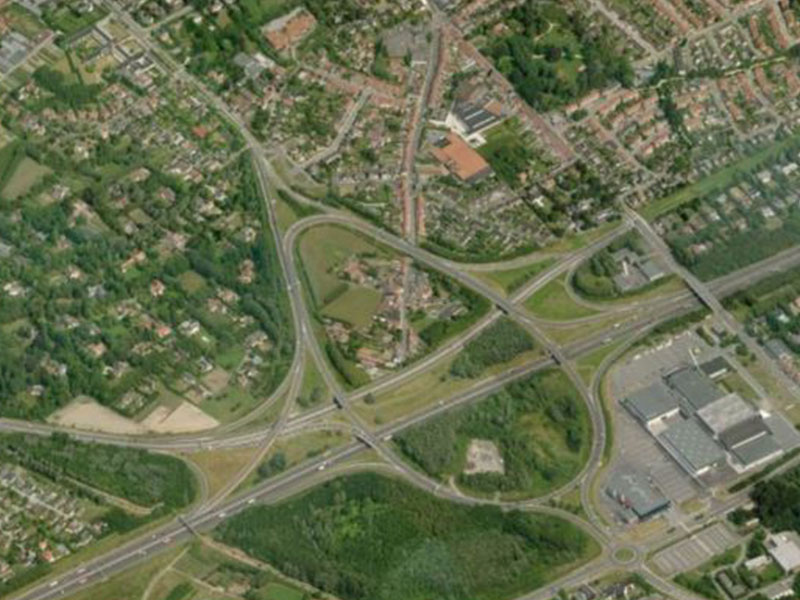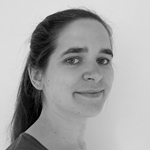Mobility analysis traffic complexes E17 Kortrijk
17022
From 2017 to 2018
Together with Witteveen+Bos, TML carried out a mobility and variant study to improve the Kortrijk-Oost, Kortrijk-South, and Aalbeke traffic complexes, focusing on road safety and traffic flow. TML developed a Vissimm model to simulate and evaluate different variants.
Together with Witteveen+Bos, Transport & Mobility Leuven carried out a mobility and variant study to improve the Kortrijk-Oost, Kortrijk-Zuid, and Aalbeke traffic complexes. The current design of these complexes is not optimal. The barely legible layout, difficult weaving movements, and insufficient capacity cause traffic unsafety and poor traffic flow, especially during the morning and evening rush hours. As various spatial developments are planned in the wider vicinity of Kortrijk, traffic pressure on the complexes is expected to increase further. The Agency for Roads and Traffic (AWV) wants to prevent current traffic jams from increasing and future traffic flows from being unable to be handled.
Using a Vissim model, TML made a simulation for the situation in 2030 based on camera counts, foreseen developments/infrastructure changes, and the Kortrijk macroscopic city model. This model detected the current bottlenecks. Various variants were then designed for the complexes (without and with the R8 extension). These were tested and evaluated with the Vissim model. TML took care of the development of the variants for Kortrijk Oost with level and fly-over crossings.
The mobility study serves to substantiate the political decision to start the Complex Project "Improving the Kortrijk East, Kortrijk South and Aalbeke traffic complexes and tackling the R8 in relation to the surrounding area".
Together with Witteveen+Bos, Transport & Mobility Leuven carried out a mobility and variant study to improve the Kortrijk-Oost, Kortrijk-Zuid, and Aalbeke traffic complexes. The current design of these complexes is not optimal. The barely legible layout, difficult weaving movements, and insufficient capacity cause traffic unsafety and poor traffic flow, especially during the morning and evening rush hours. As various spatial developments are planned in the wider vicinity of Kortrijk, traffic pressure on the complexes is expected to increase further. The Agency for Roads and Traffic (AWV) wants to prevent current traffic jams from increasing and future traffic flows from being unable to be handled.
Using a Vissim model, TML made a simulation for the situation in 2030 based on camera counts, foreseen developments/infrastructure changes, and the Kortrijk macroscopic city model. This model detected the current bottlenecks. Various variants were then designed for the complexes (without and with the R8 extension). These were tested and evaluated with the Vissim model. TML took care of the development of the variants for Kortrijk Oost with level and fly-over crossings.
The mobility study serves to substantiate the political decision to start the Complex Project "Improving the Kortrijk East, Kortrijk South and Aalbeke traffic complexes and tackling the R8 in relation to the surrounding area".


